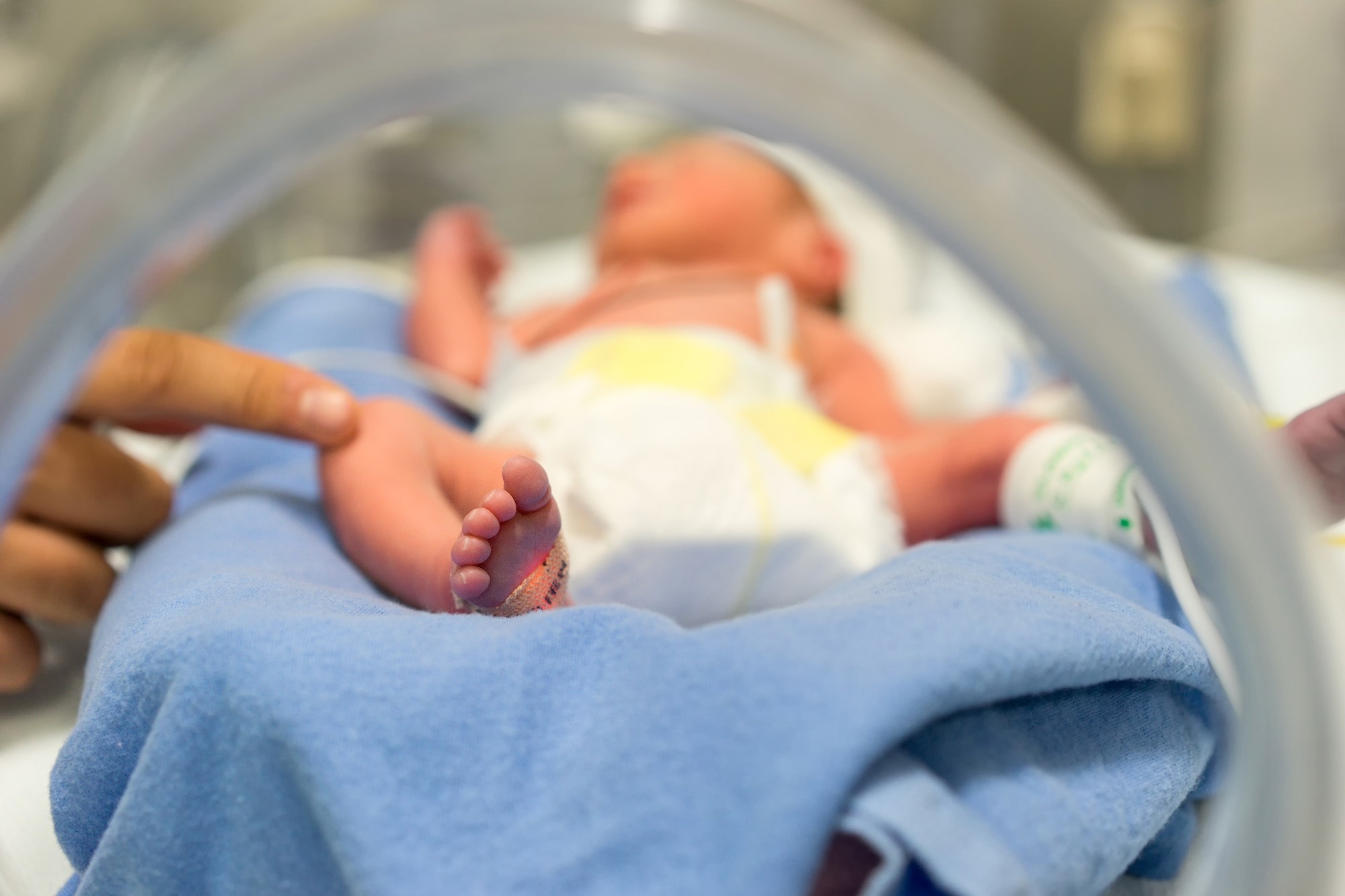Despite extensive research on the subject, preterm birth (PTB) remains inadequately understood and a significant public health problem in the United States.
Toxicological research has shown that a gestational parent (GP) diet could amplify the effect of ambient pollutants on birth outcomes. A recent BMC Public Health study evaluated the risk of human PTB with respect to ozone (O3), nitrogen dioxide (NO2), and fine particulate matter (PM2.5), as well as dietary variations.
 Study: Interplay of gestational parent exposure to ambient air pollution and diet characteristics on preterm birth. Image Credit: Kursad Sezgin / Shutterstock.com
Study: Interplay of gestational parent exposure to ambient air pollution and diet characteristics on preterm birth. Image Credit: Kursad Sezgin / Shutterstock.com
Background
Environmental exposures and GP diet are two factors that may act both independently and as modifiers of adverse birth outcomes. In relation to environmental exposures, ambient pollutants stemming from fossil fuel combustion are particularly relevant.
Existing evidence on the association between air pollution and birth outcomes is inconclusive. Therefore, understanding factors that could alter the relationship between air pollutants and birth outcomes is essential to better inform policy decisions that protect the most vulnerable.
Evidence on the links between GP diet and PTB is inconsistent, in part because of differing methods of dietary analysis.
Various GP dietary patterns have been investigated in relation to PTB, both before conception and during pregnancy. This literature suggests that certain diets, such as those high in red meat and white bread intake, entail a higher risk of PTB, while others, such as the Mediterranean diet, are associated with decreased risk of PTB.
Despite the importance of understanding the relationship between diet characteristics and ambient pollutants regarding PTB, few studies focus on this topic.
About the study
The data for the current study was obtained from the Newborn Epigenetics Study (NEST), a prospective birth cohort in central North Carolina (NC). A total of 684 pregnant individuals between six and 42 weeks gestation were recruited between 2009 and 2011. Ambient air pollutant exposures for every trimester based on the residence of each study participant were estimated.
The percentages of energy intake from saturated and total fats and total energy intake were dichotomized at the 75th percentile. Log binomial regressions were used to estimate risk ratios (RR) for PTB by pollutant interquartile ranges.
Several confounders were adjusted for, including GP race/ethnicity, age, pre-pregnancy body mass index (BMI), education, household income, the season of conception, and each diet factor. Missing covariate data was imputed, and the departure from additivity was assessed using interaction contrast ratios (ICRs).
Study findings
Ambient pollutants had relatively constant means and inter-quartile ranges (IQRs) across trimesters. The most significant difference in mean was shown by NO2 at 1.11 parts per billion (ppb), whereas the largest variation in IQRs was associated with PM2.5.
The dietary characteristics of GPs who experienced PTB and those who did not were reasonably balanced with respect to the daily energetic percent of total and saturated fats. Daily caloric intake was slightly different between term and preterm birth, with a difference between means being about 195 kcals. This imbalance was observed even after dichotomizing at the 75th percentile.
The precision of pollutant estimates from the fully adjusted models was acceptable; however, PM2.5 values tended to be unstable, particularly in the second-trimester models, including kcal. Compared to pollutant estimates, the precision of ICR estimates was more variable in the fully adjusted model.
Point estimates suggested that O3 could be inversely associated with PTB when exposure occurs in the second trimester. However, O3 exposure could also be harmful if it occurs in the third trimester.
PM2.5 might be inversely associated with PTB when considered with total and saturated fats in the second trimester. Imprecise ICRs reflected a departure from additivity with some pollutant-diet combinations.
Conclusions
Some limitations of the current study include the results being subject to live birth bias, lack of sensitivity analyses regarding different lifestyles, and the assumption of residential stasis over gestation. However, a key strength of the study lies in the utilization of detailed dietary information together with residential information that allowed the examination of ambient air pollutants-PTB by dietary characteristics.
Despite large confidence intervals, the current study documented the potential alteration of pollutant associations by dietary factors. The understudied topic researched in this paper is extremely important; therefore, this work should be considered a substantive contribution to the scientific literature and a call to action.
Future studies should explore exposure mixtures, as the participants of this study were not exposed to only one pollutant at a time but likely many pollutants simultaneously.
Journal reference:
- Jardel, H., Martin, C. L., Hoyo, C., & Rappazzo, K. M. (2023) Interplay of gestational parent exposure to ambient air pollution and diet characteristics on preterm birth. BMC Public Health 23(822). doi:10.1186/s12889-023-15676-x